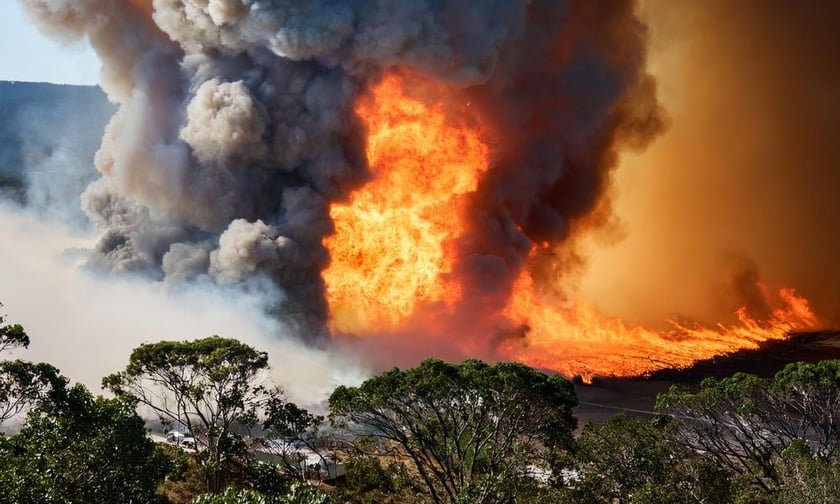

The Australia Institute has warned that climate change is increasingly driving up insurance premiums in Australia, significantly affecting household budgets and adding to inflationary pressures.
The institute highlighted that in 2022, Australian insurers paid out more than $7 billion in home insurance claims – nearly twice the previous record – following widespread flooding across the country’s eastern regions. This wave of claims has led to an average 14% increase in home insurance premiums, marking the highest annual rise in a decade.
The cost of insurance has grown substantially faster than other goods and services, particularly in Australia’s major cities.
Brisbane’s insurance costs, for instance, have surged to more than five times the Consumer Price Index (CPI) over recent decades. Meanwhile, Melbourne, although less directly impacted by extreme climate events, has seen insurance costs rise to nearly three times the CPI.
Due to these increases, an estimated one in 20 households now allocates over seven weeks of gross income to cover home insurance premiums.
Stephen Long, senior fellow at The Australia Institute, said rising insurance premiums are the immediate cost of climate change.
“Rising insurance premiums are the here and now cost of climate change,” he said. “Impacts from climate change are non-linear. They are catastrophic in nature and traditional, linear insurance models of calculating and spreading risk are no longer fit for purpose.”
He added that even when considering costs within capital cities, insurance price increases are placing additional strain on inflation.
The 2024 State of the Climate report from the CSIRO and the Bureau of Meteorology (BoM) underscores several emerging climate trends that may further affect Australia’s insurance market.
The report pointed to ongoing warming trends, more frequent and extreme heat events, fluctuating rainfall patterns, and rising sea levels as significant factors that will likely impact risk assessment and premium strategies for insurers in the coming years.
It noted that Australia has recorded eight of its nine hottest years since 2013, with 2023 now the hottest year globally.
According to Dr Karl Braganza, climate services manager at the BoM, rising temperatures have intensified fire conditions and extended fire seasons across large parts of the country. This development raises the probability of more frequent and severe wildfires, creating additional risks for insurers managing property and business interruption policies.
The report also noted changing rainfall trends, particularly in the southern and southwestern regions of Australia, where cooler months have brought persistent declines in precipitation. This trend has increased drought risk in these areas due to reduced streamflow and water availability.
By contrast, northern Australia has seen an increase in the intensity of wet seasons, with seven of the past 10 wettest seasons occurring since 1998, which brings additional flood risks.
In coastal regions, rising sea levels present a growing risk, with rates in northern and southeastern Australia exceeding the global average.
Sea levels worldwide have increased by approximately 22 centimetres since 1900, with half of that rise occurring since 1970.
Warming ocean temperatures contribute to more frequent marine heatwaves, affecting ecosystems such as the Great Barrier Reef, which recently experienced another significant coral bleaching event.
